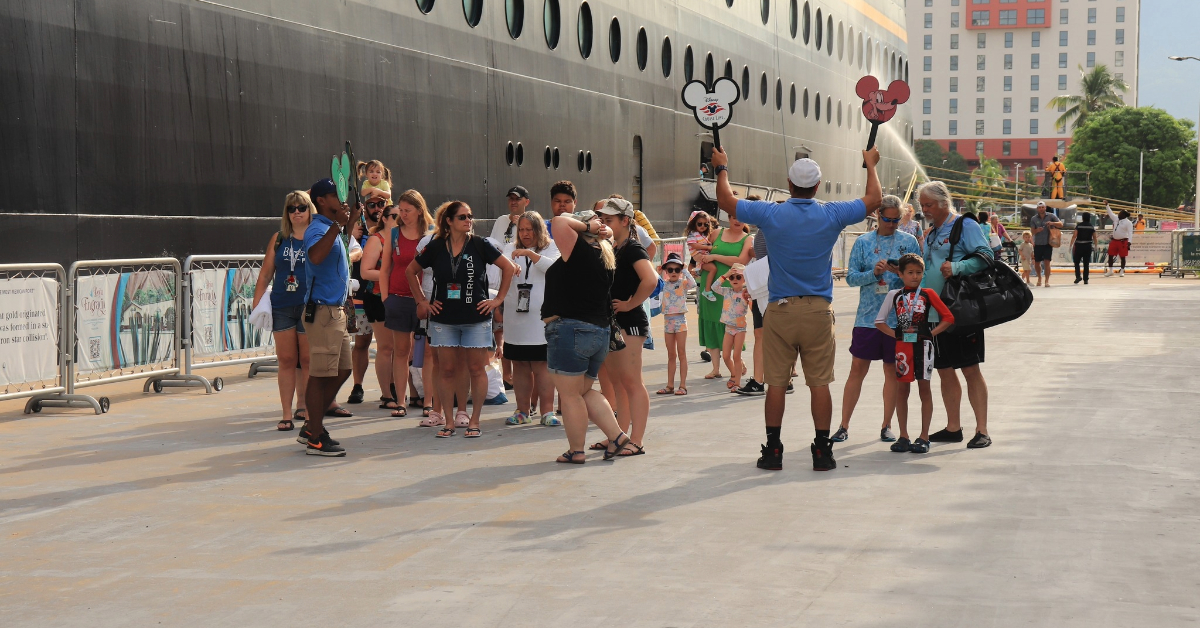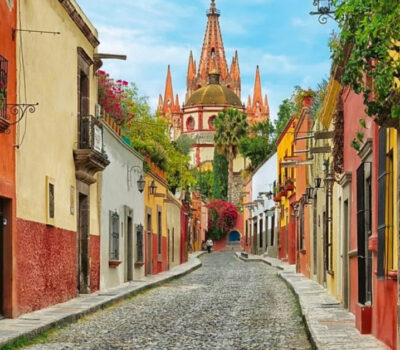Puerto Vallarta, a prominent destination on Mexico’s Pacific Riviera, is facing challenges in its efforts to accommodate the latest generation of large cruise ships. According to Arturo Musi Ganem, president of the Mexican Association of Companies for the Attention of Tourist Cruises (AMEPACT), inadequate port infrastructure has hindered the region’s growth and its ability to attract larger vessels, such as the Oasis of the Seas, a 362-meter-long ship that currently cannot dock at Puerto Vallarta’s port.
In a recent interview, Musi emphasized the importance of upgrading the region’s ports to attract more cruise ships. “It is important that the route is strong to bring more arrivals,” he noted, “but we also lack infrastructure so that the largest ships, such as the Oasis of the Seas, can arrive. We have not put any effort into the infrastructure of tourist ports in many years, it has been more than a six-year period and longer docks are needed.”
Infrastructure Limitations
Puerto Vallarta and other key destinations along the Mexican Pacific Riviera, including Cabo San Lucas and Mazatlán, have seen an increase in interest from major cruise lines. However, their current facilities are insufficient to meet the demands of the latest cruise ships, which are significantly larger than their predecessors.
Musi pointed out that larger vessels, with greater passenger capacity, require expanded infrastructure, including longer docks and deeper waters, in order to dock safely. “The Oasis of the Seas, which is 362 meters long and weighs more than 226,000 tons with a draft of 9.3 meters, cannot arrive in Puerto Vallarta itself,” Musi added. This limitation applies to several other vessels in the same class that are eager to explore the Mexican Riviera but are unable to due to these constraints.
Coordination with Port Authorities
The concerns raised by Musi were discussed during a meeting with executives from Puerto Vallarta’s National Port System Administration (Asipona), where Musi and his team regularly assess the needs and performance of Mexico’s tourist ports.
Musi acknowledged the good communication and excellent service provided by Asipona Puerto Vallarta, but stressed the importance of collaboration with other ports along the Pacific coast. “A port does not make a route,” he explained, “but rather all the destinations must work together. If the other ports are not up to par, there will be no more arrivals.”
To enhance the region’s viability as a cruise destination, Musi proposed appointing a dedicated director from each of the major Asiponas—Cabo San Lucas, Mazatlán, and Puerto Vallarta—to lead a coordinated effort to improve infrastructure and streamline operations across the route.
A Call for Investment
Despite Puerto Vallarta being one of the more developed ports on the Mexican Riviera, Musi acknowledged that there is still much work to be done to maintain and improve the port’s infrastructure. The city currently boasts three large docks capable of accommodating large cruise ships. However, other ports, such as Mazatlán and Cabo San Lucas, lag behind in terms of facilities. For example, Mazatlán’s commercial dock requires passengers to be transferred to a tourist terminal, which is not ideal for the passenger experience. Meanwhile, Cabo San Lucas recently transitioned management of its port from Fonatur to Asipona, but substantial improvements are still needed.
Puerto Vallarta itself is not immune to the need for upgrades. Musi noted that a project to dredge one of the docks to accommodate larger ships has been discussed, but there is no budget currently allocated to the project, delaying any immediate progress.
“There is a lot of work to be done,” Musi said. “Asipona Puerto Vallarta shared some of their plans, including dredging dock one to allow for larger ships, but without a budget, this will not be a short-term project.”
Pandemic’s Impact on Growth
The cruise industry was severely impacted by the COVID-19 pandemic, and recovery has been slow. While Puerto Vallarta has returned to pre-pandemic levels of ship arrivals, Musi lamented the missed opportunity for greater growth. “This year, we expected more growth in arrivals, but that has not happened. However, we have seen an increase in the number of tourists due to the size of the ships. If we had the necessary facilities, we could have grown much more.”
Musi reiterated the need for Mexico’s Pacific ports to align with the needs of the cruise industry, particularly as it recovers from the effects of the pandemic. He expressed optimism that collaboration between ports and shipping lines could help boost tourism and the local economy.
Looking Ahead
Following his visit to Puerto Vallarta, Musi continued his tour to other ports along the Pacific coast, including Mazatlán, Cabo San Lucas, and Ensenada, to assess their infrastructure and make recommendations for improvement.
With a new federal administration taking office soon, Musi is hopeful that the directors of Mexico’s ports, including the General Coordination of Ports of SEMAR, will consider the needs of the cruise industry in their plans for the coming years. “We hope the new administration will prioritize the tourist ports and present comprehensive plans and projects to ensure they remain competitive.”
The future of Mexico’s Pacific Riviera as a premier cruise destination depends largely on its ability to accommodate the latest generation of cruise ships. With the right investment and coordination between ports, the region has the potential to experience significant growth in the tourism industry. Until then, destinations like Puerto Vallarta may continue to miss out on the full benefits of the booming cruise market.
Puerto Vallarta, a prominent destination on Mexico's Pacific Riviera, is facing challenges in its efforts to accommodate the latest generation of large cruise ships. According to Arturo Musi Ganem, president of the Mexican Association of Companies for the Attention of Tourist Cruises (AMEPACT), inadequate port infrastructure has hindered the region’s growth and its ability to attract larger vessels, such as the Oasis of the Seas, a 362-meter-long ship that currently cannot dock at Puerto Vallarta’s port.












